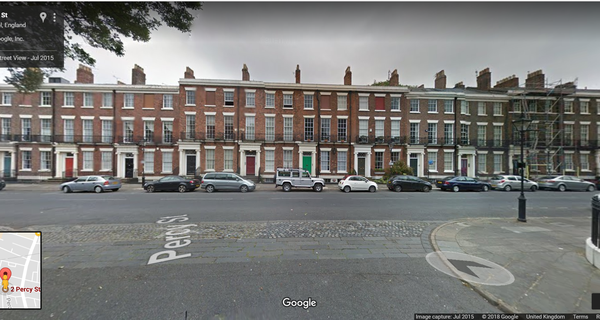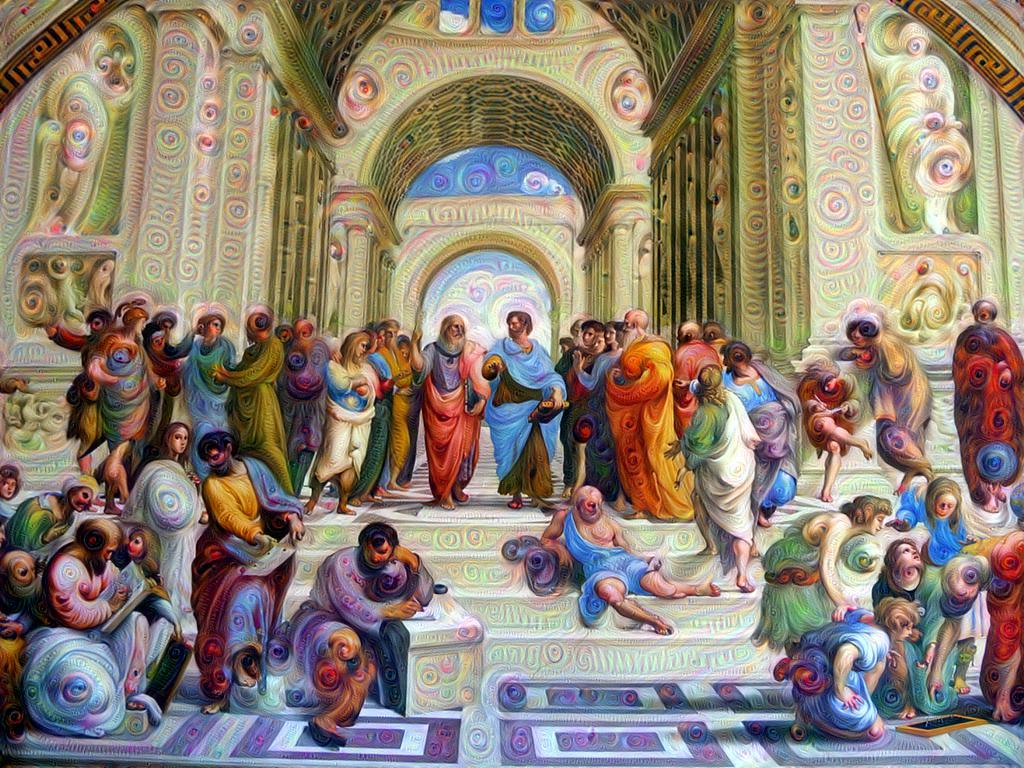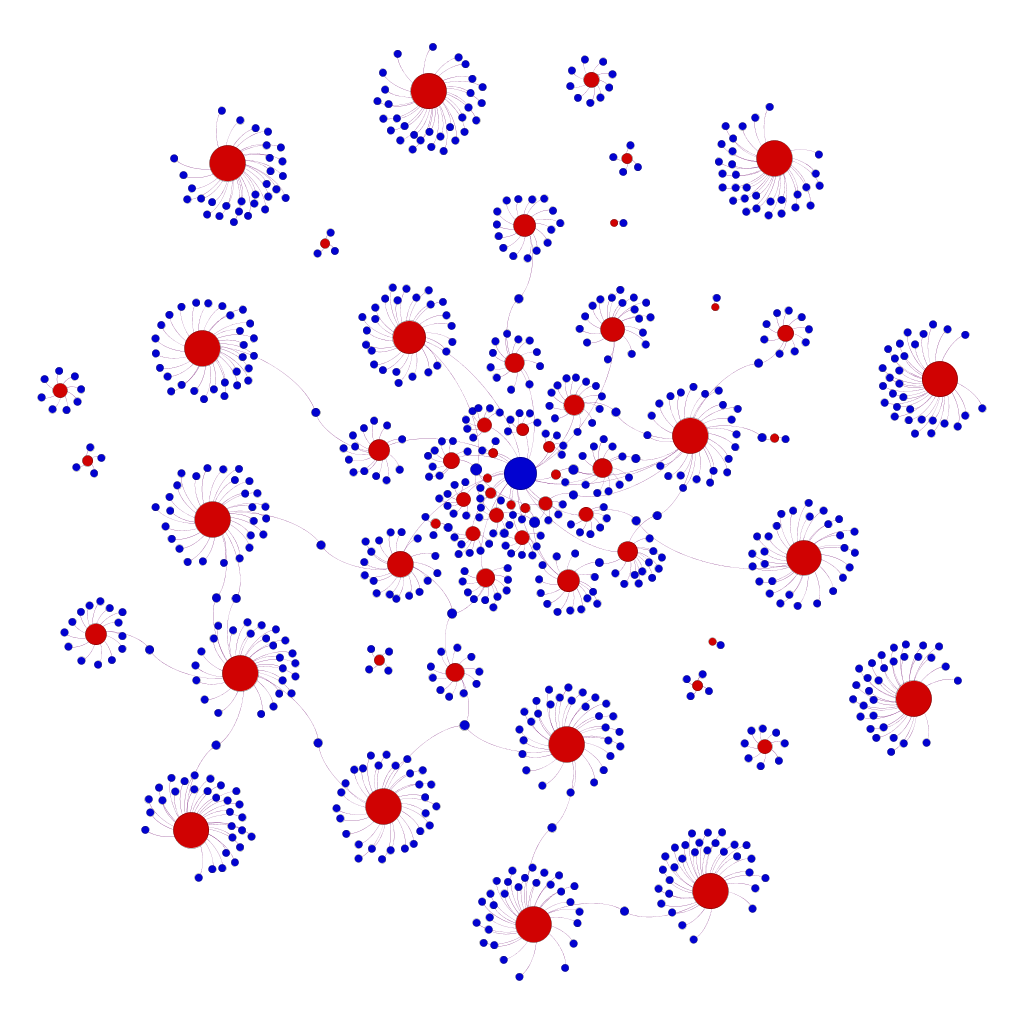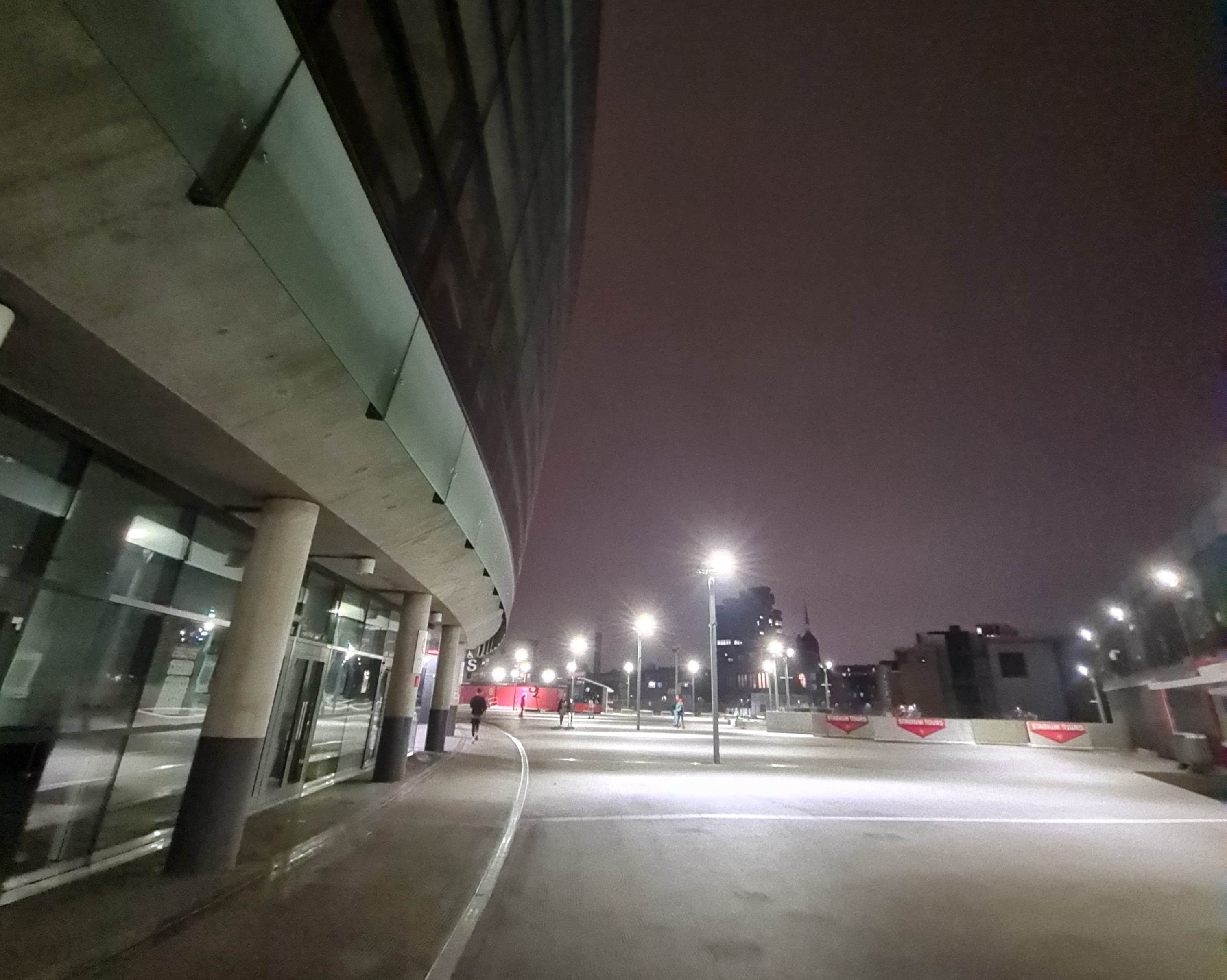I’m John Davies, a data scientist working in the London. I have worked in the data science teams at Nesta and Deliveroo. Prior to this I led the social and economic research team at English Heritage where I was responsible for providing economic advice throughout the organisation. I specialise in the creative industries, in particular on the role of digital technology and cities in the sector. Some of the things I have written on this are below.
Hi there I’m John

The Simulation Machine: The digital issue we don’t talk about and its implications for the creative economy
The digital issue we don’t discuss and its implications for the creative economy Computers’ ability to effectively simulate a huge variety of functions has allowed them to replace hi-fis, cameras, maps, DVD players, calculators, typewriters, cash registers, musical instruments, watches, TVs, newspapers, books, shopfronts, money and more. Although the changes caused by the general-purpose power of computation are widely observed, it is arguably less discussed than the role of data and/or the costless copying of information....

Visions and Reality - Can blockchain allow us to rethink the creative industries?
JW Turner’s ‘The Lake of Zug, 1843. In the collection of the Metropolitan Museum of Art. The Zug area of Switzerland is known for its concentration of blockchain activity. What is blockchain? In digital money there is a fundamental problem, how do you know that someone has the right to spend the money they are offering as payment, particularly if (as often happens in financial transactions) you don’t know them. One way to solve this is what happens in the banking system - you have a centralised authority that tracks transactions and verifies a person has the money that they claim, before allowing payment....

Street Style: Machine learning takes to the streets
Streets surround us, but, at first glance, there is no systematic data on what they look like. There are records of property transactions, land use and buildings protected due to architectural or historic significance (listed buildings and conservation areas), although none of these directly capture areas’ appearance. Buildings appearance is though part of planning decisions about the built environment. There is also greater recognition of the importance of areas having a sense of place, but it is not always clear what this means and how to measure it....

Freeing our Minds - Three ways digital technologies could radically change art
An algorithmic Deep Dream at the school of Athens, John Davies From algorithmic creations to transforming galleries Art is free. It doesn’t need to represent anything. It doesn’t need to be beautiful. It doesn’t need to be an object. It doesn’t need to be new. Despite these liberations, it is notable how comparatively little artists' tools have changed. Particularly when compared to the digital revolution’s effect on many other creative domains, with entire supply chains collapsing to a laptop, some servers and an internet connection....

Optimal designs - how to avoid the pitfalls of grand landmark building projects?
The Eiffel Tower, the Sydney Opera House, the London Garden Bridge. The recent demise of the proposed Garden Bridge across the Thames raises the question of when public support for radical buildings should occur. Unique buildings, by their nature, are hard to evaluate based on experience and their construction can turn out to be unexpectedly expensive. However, they have also resulted in some of the world’s most popular and distinctive buildings – central to many cities’ identity and tourism....

Collective action and anonymity - two tools to stimulate innovation in the data economy
Data is different from other assets like gold and oil in that almost all of us, as individuals, generate it. Giving us more control over our own data will stimulate innovation, but realising the full potential will also involve collective action and anonymisation. Power to the people: Giving us control over our own data We should be empowered to control our own data. This is due to our part in its creation, our right to privacy for our personal information, the growing likelihood that this data will be processed in ways that affect us, but also the economic and social good that can be realised from it....

User illusions: Data and algorithms will address long-standing consumer issues, but create new ones too
We don’t shop around for the best deals in electricity and banking. We don’t read online terms and conditions. Algorithms making decisions about these on our behalf might do a better job. At the same time, the algorithmic personalisation of pricing and products by firms may make our shopping choices less clear and it harder to switch supplier. The role of transparency in data processing and data portability in all this shows the importance of the European data protection regulation (The GDPR) set to be enforced from May 2018....

Creative networks: why social media is getting creative
People who have contributed (red circles) to the Processing graphics software (the central circle) on GitHub, and the other software repositories (dark blue circles Why are we seeing more digital social networks in creative domains? The rise of specialised social networks Social network sites get more attractive to join as more people use them, resulting in a tendency for single platforms to grow to monopolise specific areas. This makes it harder for new-entrants to compete directly with incumbents, encouraging the development of social networks in other areas....

Opening up: Maximising open data’s impact is about incentives and rethinking the boundary of the state
Government is making more and more of its data accessible as open data. Over 30,000 datasets have been made available. It’s great that more public data is being opened up. We, as taxpayers who have paid for its creation, should be able to obtain it in accessible form, and important things are being done with it.[1] Locking it away does nobody any good - vested interests aside. Nevertheless, making data freely available, even in a readily accessible form does not, on its own, necessarily get the most out of it....

An Affair of Style: how social media is affecting fashion
Styles, trends and brands Fashion has tensions. It’s about standing out. It’s about being noticed. It’s also about belonging and clothes as a signal of status, desirability and taste. There are many ways to stand out - not all of them are good. Although there are objective measures of quality, such as the technical skill and materials garments are constructed with, styles have a degree of subjectivity. At any one time specific looks may be in, and the reasons for this are not particularly clear....
